Eating for Clear Skin: Your No-Nonsense Guide to a Better Glow
Over the years, I’ve seen a pattern play out so many times. Someone starts working on their diet, maybe to get more energy or feel a bit better in their clothes. Then, a few weeks in, they mention something they weren’t expecting at all. Their skin is clearer. That annoying redness they’ve had for ages has finally calmed down. For the first time in a long time, they feel genuinely good without a drop of makeup. Trust me, that’s no coincidence. The link between what’s on your plate and what you see in the mirror is incredibly direct and powerful.
In this article
You’ll see a lot of articles online talking about ‘toxic’ foods for your skin. Honestly, I think that word is pretty useless. Food isn’t poison. But let’s be real—certain foods can kick off processes in your body that show up right on your face. We’re mainly talking about inflammation, weird hormonal shifts, and just general stress on your cells. Getting a handle on this is the first step to feeling in control. This isn’t about shaming you for that piece of cake you had last night. It’s about giving you the knowledge to make smart choices for your skin’s future.
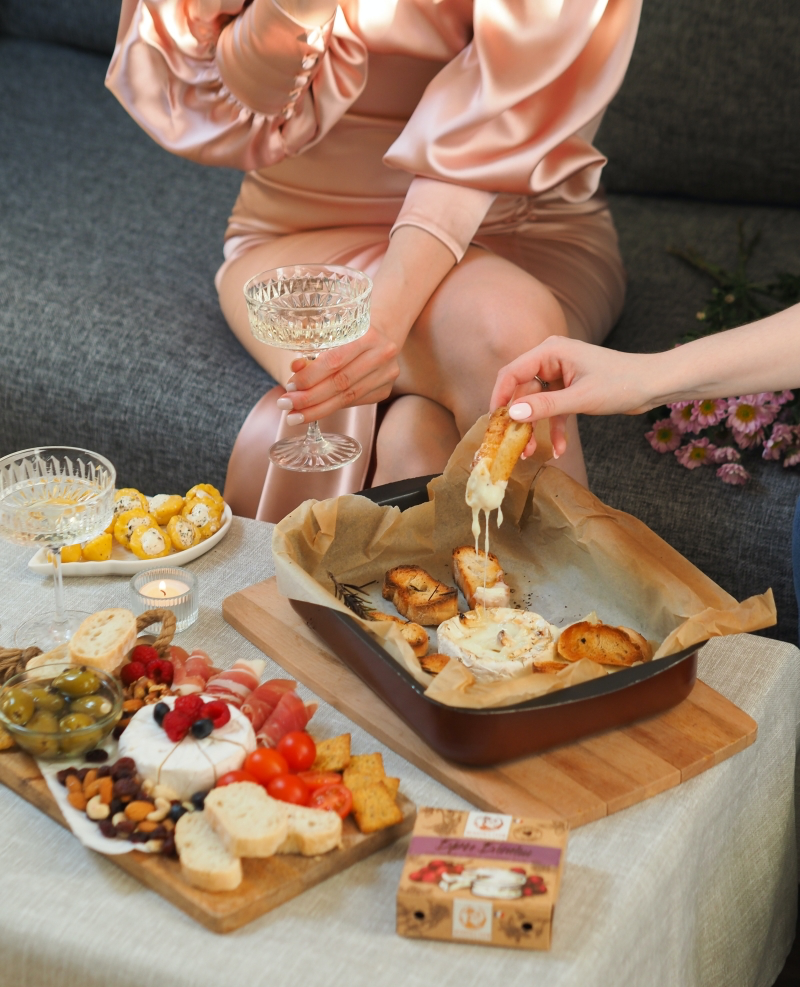
So, we’re going to dive into the ‘why’ behind all this. We’ll look at the food groups that are common culprits and, most importantly, map out some practical, sustainable ways to build a diet that helps your skin thrive from the inside out. This isn’t a quick fix, but it’s a real one.
The ‘Why’: How Food Actually Talks to Your Skin
To really get this, we need to peek behind the curtain at a few key things happening in your body. Your skin is your body’s biggest organ, after all, and it’s basically a billboard for what’s going on inside.
1. The Sugar-and-Wrinkles Connection (Glycation)
Ever wonder why a diet high in sugar can make you look older? The answer is a process called glycation. In simple terms, it’s when sugar molecules in your bloodstream latch onto proteins and fats, creating these nasty little things called Advanced Glycation End-products (or AGEs). Think about what happens when you caramelize sugar in a pan—it gets brown, hard, and brittle. A similar, but much slower, process happens inside your body.

Your skin’s youthful bounce comes from two main proteins: collagen (for firmness) and elastin (for stretchiness). Unfortunately, these two are prime targets for AGEs. When they get damaged, they become stiff and weak, leading directly to more wrinkles and sagging. It’s a slow-burn kind of damage that really adds up over time.
2. The Breakout-Inducing Hormone Chain
This is the big one for anyone struggling with acne. It’s a chain reaction that gets kicked off by high-glycemic foods—things your body turns into sugar almost instantly, like white bread, sugary drinks, and a lot of breakfast cereals.
Here’s how it goes down:
- You eat something sugary or starchy.
- Your blood sugar shoots up.
- Your body releases a flood of the hormone insulin to deal with it.
- This insulin surge cranks up the production of another hormone called IGF-1.
High levels of IGF-1 are a double-whammy for your skin. First, it tells your glands to produce way more oil (sebum). Second, it makes your skin cells multiply too fast. All that extra oil and dead skin is the perfect recipe for clogged pores, which can then turn into pimples, blackheads, and painful cysts.
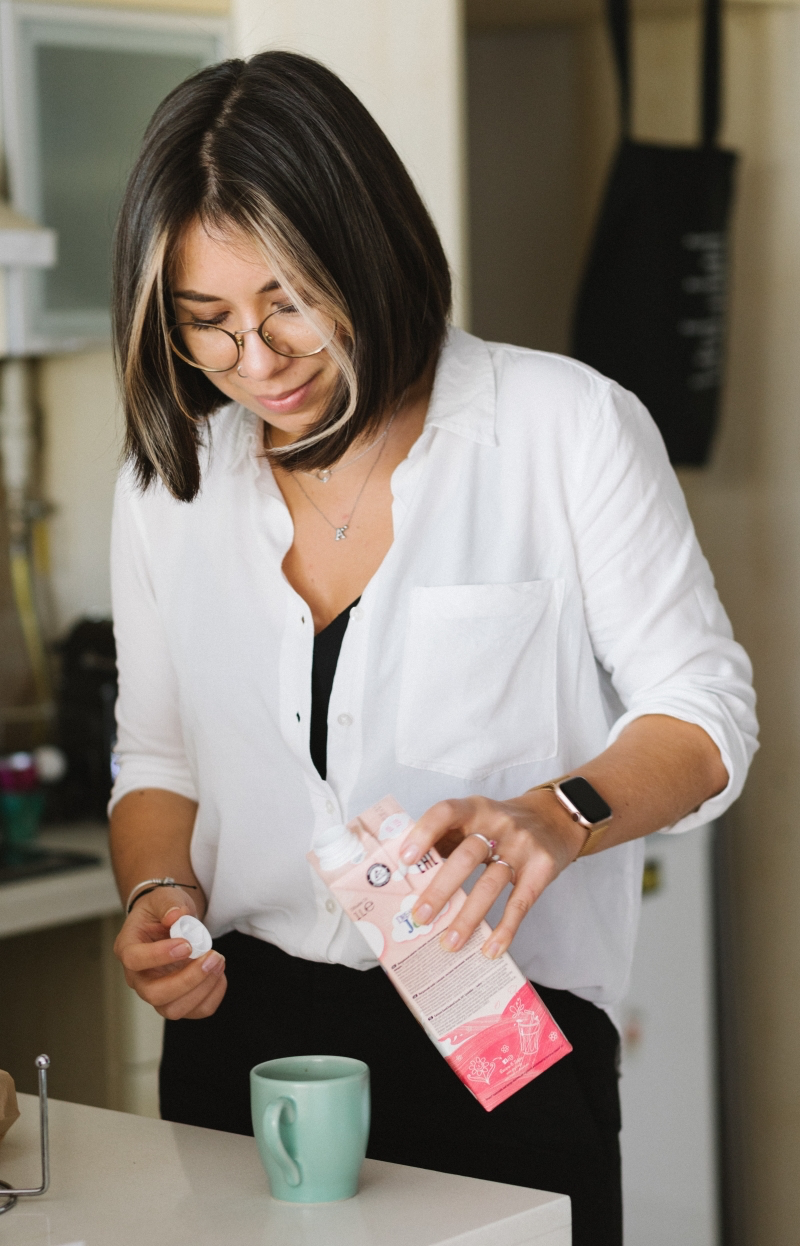
3. The Gut-Skin Axis
This is a super interesting area of health that we’re learning more about every day. There’s a direct communication line between your gut and your skin. When the trillions of bacteria in your gut are out of whack (often from a diet high in processed foods and low in fiber), it can damage your intestinal lining. This is sometimes called ‘leaky gut.’
When that happens, tiny particles can sneak into your bloodstream where they don’t belong. Your immune system freaks out, launching an inflammatory response that can show up as acne, eczema, or rosacea. It’s a classic example of an internal problem showing up on the outside.
Let’s Talk Triggers: The Usual Suspects
Okay, now that we know the ‘why,’ let’s look at the specific foods. Remember, nothing is ‘bad,’ but these are common triggers for a reason. The key is to pay attention to how your body reacts.
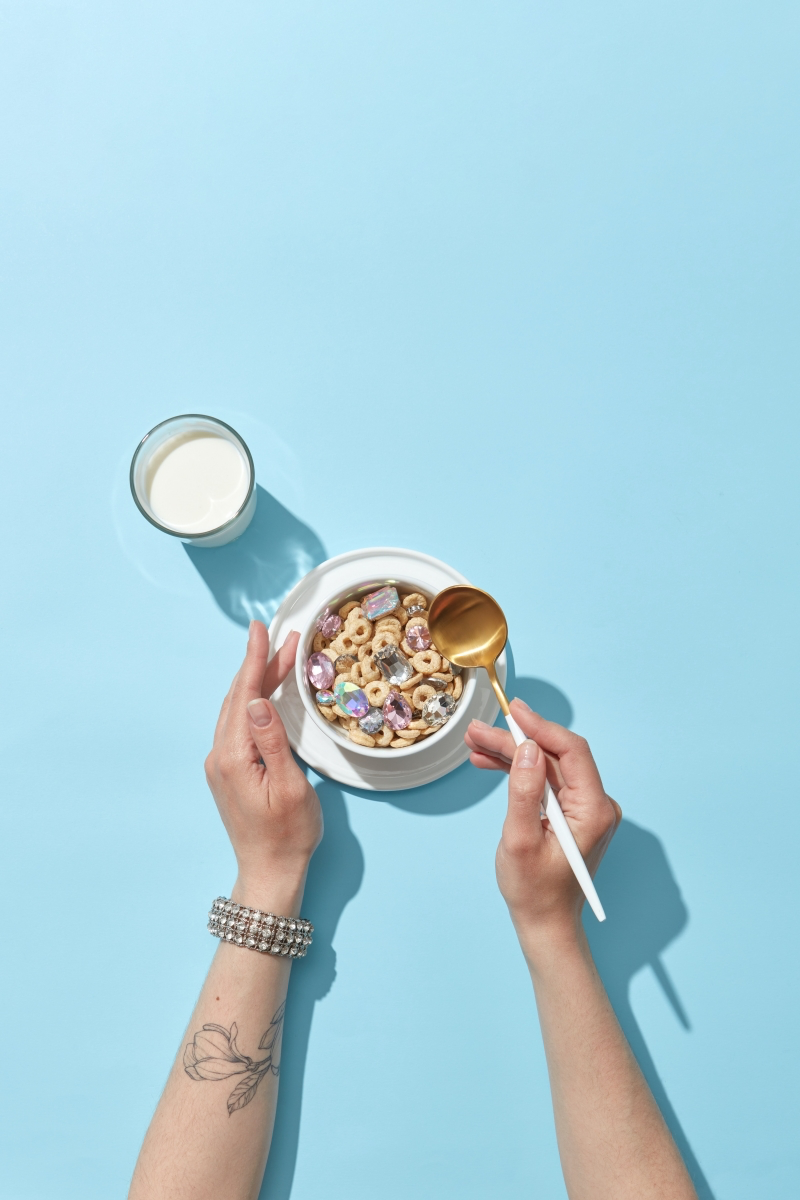
High-Glycemic Carbs (The Quick-Sugar Foods)
This group is bigger than just candy and soda. It’s anything that your body digests into sugar really, really fast. To make it super simple, think of it this way:
- Foods to Limit: Sugary breakfast cereals, white bread, white rice, most packaged crackers and rice cakes, potatoes, and sugary drinks.
- Smarter Swaps to Eat More Of: Whole-grain bread, brown or wild rice, sweet potatoes, oats, quinoa, and beans.
A common mistake I see is people choosing ‘low-fat’ options like rice cakes, thinking they’re healthy. But these can spike your blood sugar just as fast as a cookie, triggering that whole oil-production mess we talked about. A quick tip: always pair your carbs with a protein or healthy fat (like some avocado or a handful of almonds). This slows down the sugar absorption and keeps your blood sugar more stable.
Dairy Products
The link between dairy and acne is pretty well-established, though it doesn’t affect everyone. For some, it’s a major trigger. The main issue is that milk contains growth hormones (meant for a baby calf, after all) that can mess with our own hormones and spike IGF-1. Whey protein supplements, by the way, are often a huge trigger for acne-prone individuals.
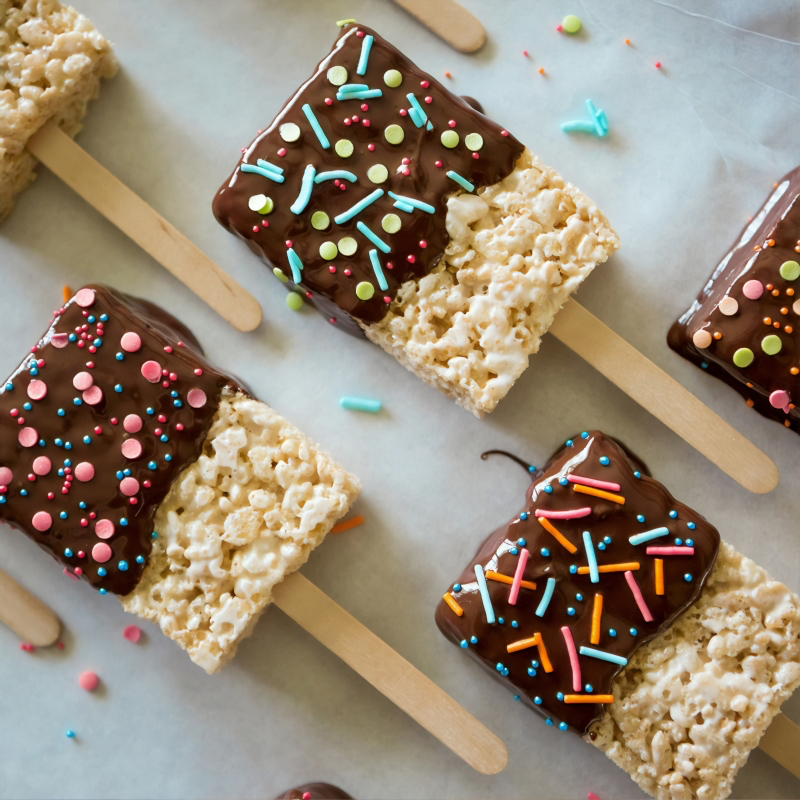
Not ready for a full-blown elimination diet? Try a mini-challenge: Go completely dairy-free for just 14 days. No milk, cheese, yogurt, or ice cream. Keep a simple journal of how your skin looks and feels. You might be surprised by what you see. For substitutes, try unsweetened almond, oat, or coconut milk. Just check the label—many have a ton of added sugar, which defeats the whole purpose.
Industrial Seed Oils and Processed Fats
Not all fats are created equal. Some fats cool inflammation, while others fuel it. The ones to watch out for are industrial seed oils, which are high in pro-inflammatory Omega-6 fatty acids. The modern diet is absolutely swimming in them.
Common culprits: Soybean oil, corn oil, canola oil, sunflower oil. You’ll find these in most processed foods—salad dressings, mayonnaise, chips, baked goods, you name it.
Quick Pantry Audit: Pause reading for a second. Go grab one packaged food from your kitchen—a bottle of dressing, a bag of crackers, whatever. Read the ingredients. Is soybean, corn, or canola oil in the first five ingredients? Now you see how sneaky they are!
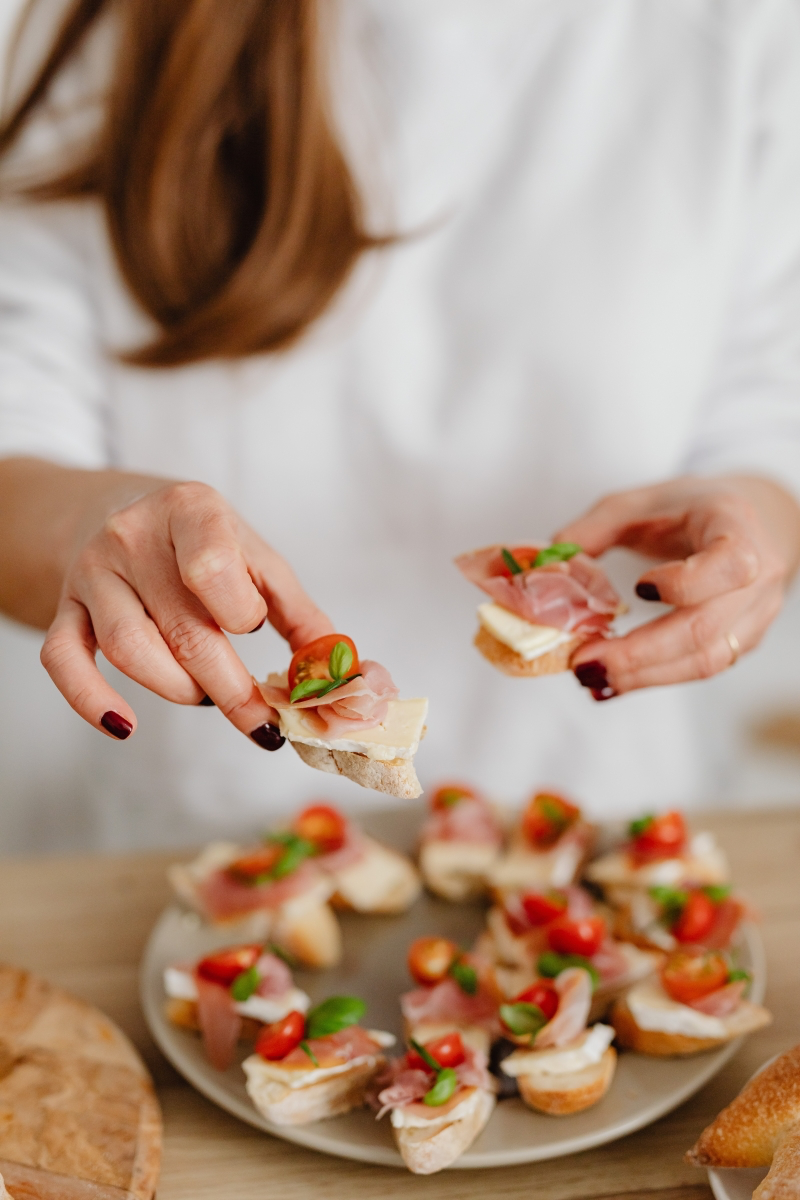
The solution: Focus on cooking with anti-inflammatory fats like extra virgin olive oil (for low-to-medium heat), avocado oil (great for high heat, available at places like Costco or Trader Joe’s for a decent price), or coconut oil. And make an effort to eat more Omega-3s to balance things out. Think fatty fish like salmon (canned is a great budget-friendly option!), walnuts, and flax or chia seeds.
Building Your Skin-Friendly Plate: A Proactive Plan
Avoiding triggers is just one side of the coin. The real magic happens when you start actively flooding your body with the good stuff your skin needs to repair itself.
Your Skin-Friendly Shopping List
Think of your next grocery trip as a mission to stock up on skin-building blocks. Here’s what to look for:
- Antioxidant Powerhouses: Load up on colorful fruits and veggies. Berries (frozen are just as nutritious and way cheaper, usually $5-10 for a big bag), spinach, kale, bell peppers, and broccoli are all-stars. They fight off damage from the environment.
- Healthy Fats: Avocados, walnuts, almonds, and seeds like chia, flax, and pumpkin. Did you know a single ounce of pumpkin seeds provides about 15% of your daily zinc needs? Zinc is crucial for calming inflammation.
- Quality Proteins: Fatty fish like salmon or sardines (aim for twice a week), chicken, lentils, and chickpeas.
- Low-GI Carbs: Quinoa, brown rice, sweet potatoes, and whole-grain oats.
- Helpful Extras: Green tea (packed with antioxidants) and high-cacao dark chocolate (70% or higher).
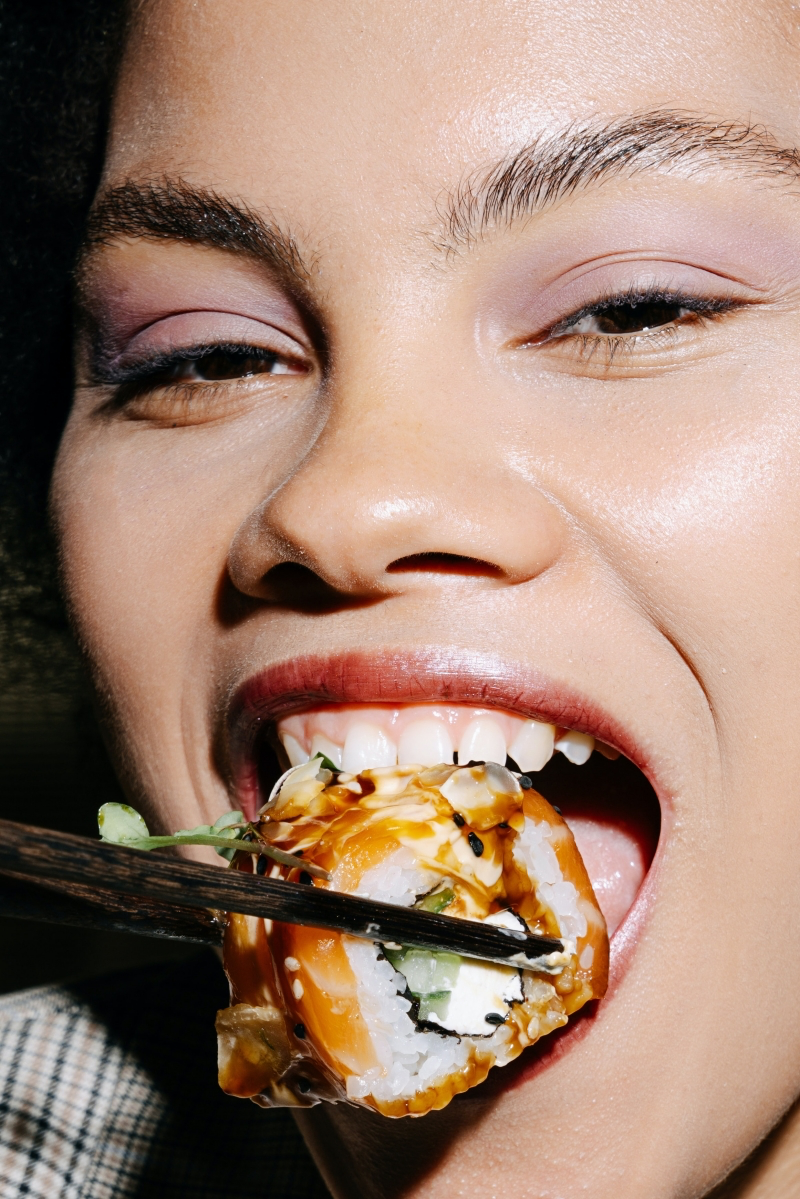
What This Looks Like: A Sample Day of Eating
Feeling overwhelmed? It’s simpler than it sounds. Here’s a basic template:
- Breakfast: A ‘Skin-Friendly Smoothie.’ Blend a handful of spinach (you won’t taste it, I promise), 1/2 cup of frozen berries, a tablespoon of flax seeds, a scoop of protein powder (if you use it), and a cup of unsweetened almond milk. Takes 2 minutes.
- Lunch: A ‘5-Minute Salmon Salad.’ Mix a can of wild salmon with a little mashed avocado or olive-oil-based mayo, some chopped celery, and a squeeze of lemon. Serve it over a big bed of mixed greens.
- Snack: An apple with a handful of almonds or a square of dark chocolate.
- Dinner: A baked sweet potato topped with black beans, salsa, and a dollop of avocado, served alongside some roasted broccoli.
Common Hurdles & How to Get Over Them
Making these changes can be tough, so let’s get real about the common struggles.

- Pitfall: “I have a massive sweet tooth! What do I do?”
Solution: Instead of sugary junk, try a bowl of berries with a splash of coconut cream, a baked apple with cinnamon, or a square of at least 70% dark chocolate. It hits the spot without sending your blood sugar on a roller coaster. - Pitfall: “This sounds expensive.”
Solution: Focus on budget-friendly staples! Frozen fruits and vegetables are your best friend. Canned fish is cheaper than fresh. And nutrient-dense foods like lentils, beans, and sweet potatoes are some of the most affordable foods you can buy. - Pitfall: “I don’t have time to cook.”
Solution: Keep it simple. Roasting a big tray of vegetables takes 5 minutes of prep. Making a big batch of quinoa for the week takes 20 minutes. The sample meal plan above requires almost no ‘real’ cooking. It’s about assembly, not complex recipes.
When to Call in the Pros
Diet is an incredibly powerful tool, but it’s not always the entire solution. It’s important to be realistic and know when you need more help.
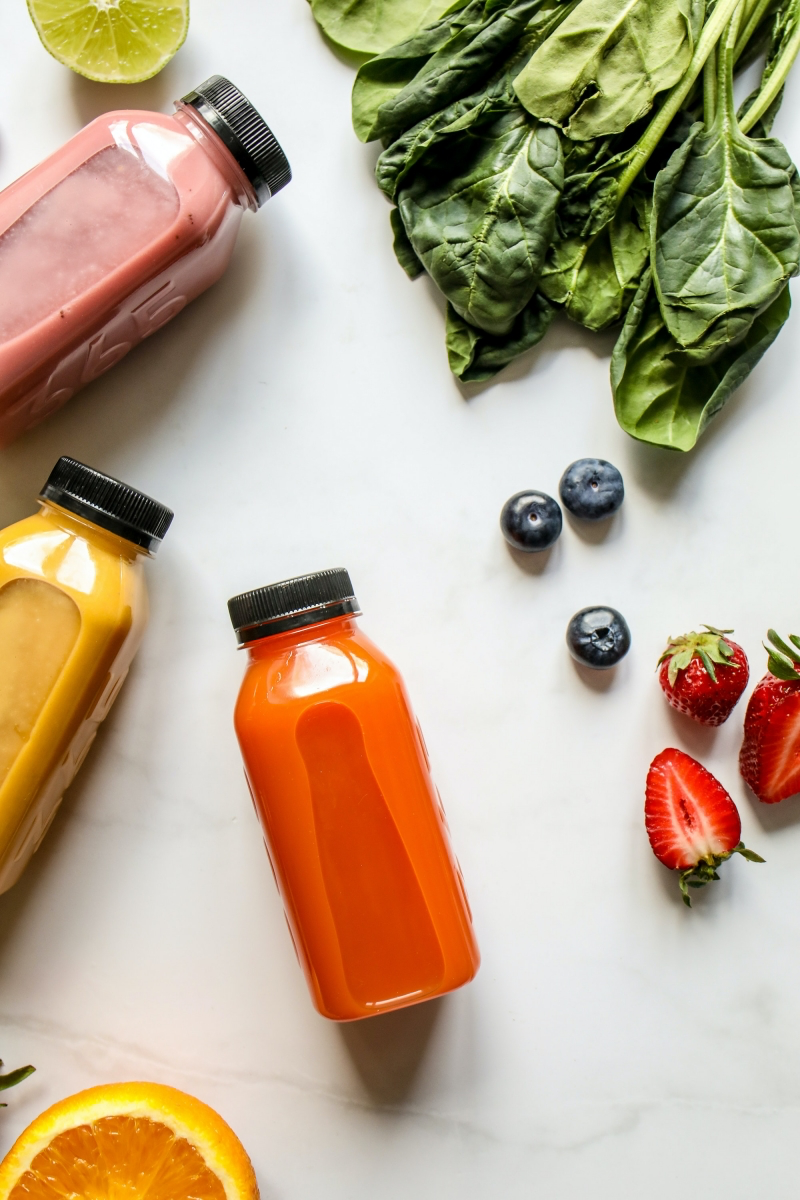
Give any new dietary approach at least 6-8 weeks to see real, lasting changes. Your skin needs time to cycle and heal. But if your acne is painful, leaving scars, or seriously affecting your self-esteem, please go see a board-certified dermatologist. They can offer treatments that work alongside your diet to get you results faster and prevent permanent damage.
Ultimately, your skin is just reflecting your overall health. By focusing on whole foods and learning your personal triggers, you’re not just working towards a clearer complexion—you’re building a healthier body from the ground up. It’s a journey of nourishment, not restriction. And it’s one of the best things you can do for yourself.
Inspiration:
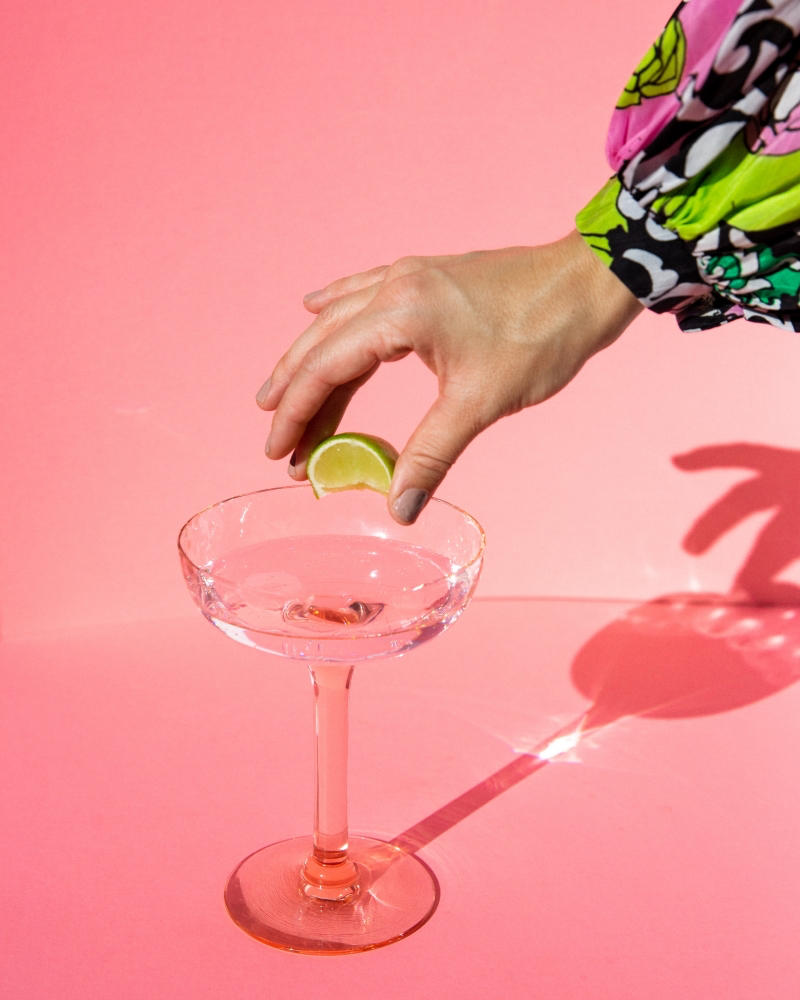

Is your morning coffee the only thing getting a boost?
Think beyond caffeine and give your skin a direct dose of nutrients with a targeted morning smoothie. This isn’t just about fruit; it’s a strategic blend. Start with a base of unsweetened almond milk. Add a large handful of spinach (rich in antioxidants), half an avocado (for creamy texture and healthy fats), a cup of mixed berries (low-glycemic and packed with vitamin C), and a scoop of unflavored collagen peptides—brands like Vital Proteins or Garden of Life are excellent. The combination provides anti-inflammatory benefits and the building blocks for resilient skin, all before your day has truly begun.

A study published in the journal ‘Dermatologic Therapy’ highlighted that omega-3 fatty acids can significantly reduce inflammatory acne.
This is because omega-3s help regulate oil production and calm the body’s inflammatory response. While supplements are an option, incorporating food sources is a powerful first step. Think fatty fish like salmon or mackerel twice a week, or sprinkle ground flaxseeds and chia seeds onto your yogurt or oatmeal daily. Even a handful of walnuts as an afternoon snack contributes to your skin-clearing goals.
Zinc Picolinate: A highly absorbable form of zinc, known for its anti-inflammatory properties and its ability to help regulate sebum production. It’s often recommended for those with acne-prone skin.
Evening Primrose Oil: Rich in GLA (gamma-linolenic acid), this oil is praised for its ability to support hormonal balance and improve skin’s hydration and elasticity. It can be particularly helpful for hormonal breakouts along the jawline.
While not a replacement for a balanced diet, these supplements can offer targeted support when your skin needs an extra ally.










